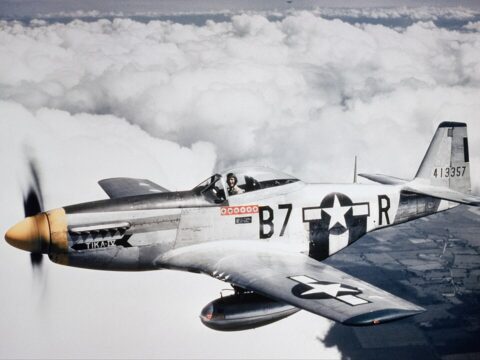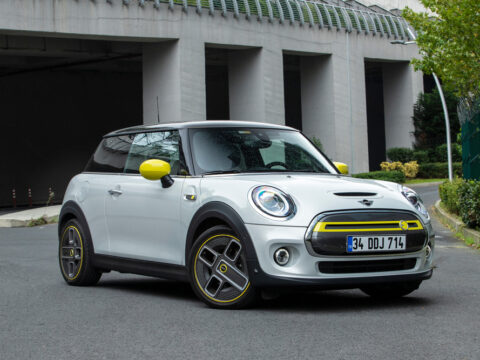Once-popular SUVs have seen their appeal diminish over time due to various factors. Changes in consumer preferences, advancements in automotive technology, and increased competition have pushed these models into the background. Some of these SUVs, once celebrated for their reliability and performance, now struggle to keep up with modern standards. Here are some once-popular SUVs that have lost their appeal.
Contents
Ford Explorer (1990-Present)
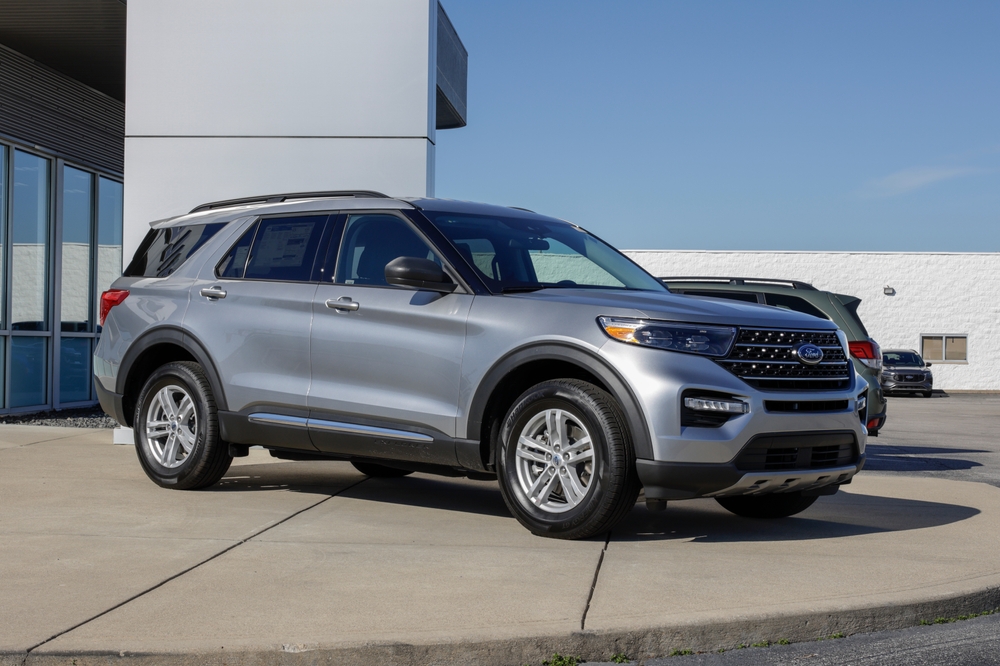
The Ford Explorer was once the go-to SUV for American families, introduced in 1990. It became popular for its spacious interior, comfortable ride, and powerful V6 and V8 engine options. However, its appeal started to wane due to several factors. The market became saturated with more modern and efficient crossovers, and the Explorer faced competition with better fuel economy and advanced technology. Additionally, the Explorer had issues with rollovers in the early 2000s, damaging its reputation. Despite attempts to revive its image with redesigns and technology upgrades, the Explorer struggles to regain its former dominance.
Chevrolet Blazer (1969-2005, 2019-Present)
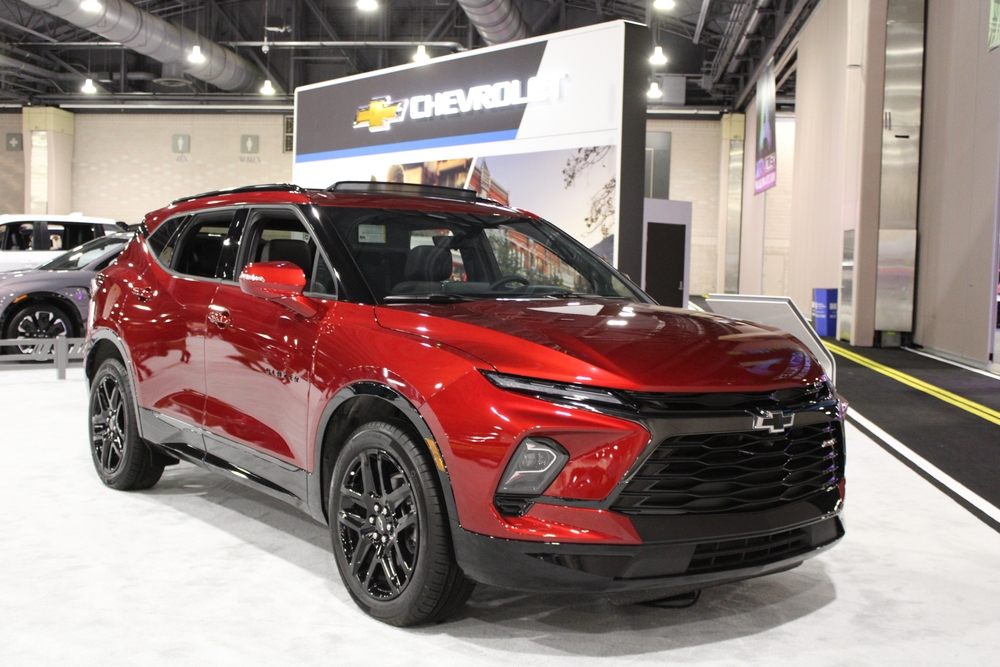
The Chevrolet Blazer was a beloved SUV from its introduction in 1969, known for its ruggedness and off-road capability. It gained a strong following for its powerful V8 engine options and robust design. However, after being discontinued in 2005 and revived in 2019 as a mid-sized crossover, it lost its original appeal. The new Blazer, focused more on style than substance, didn’t resonate with fans of the original off-road-ready model. The shift in market focus left the new Blazer struggling to compete with other crossovers that offered better performance and utility.
Jeep Cherokee (1974-Present)
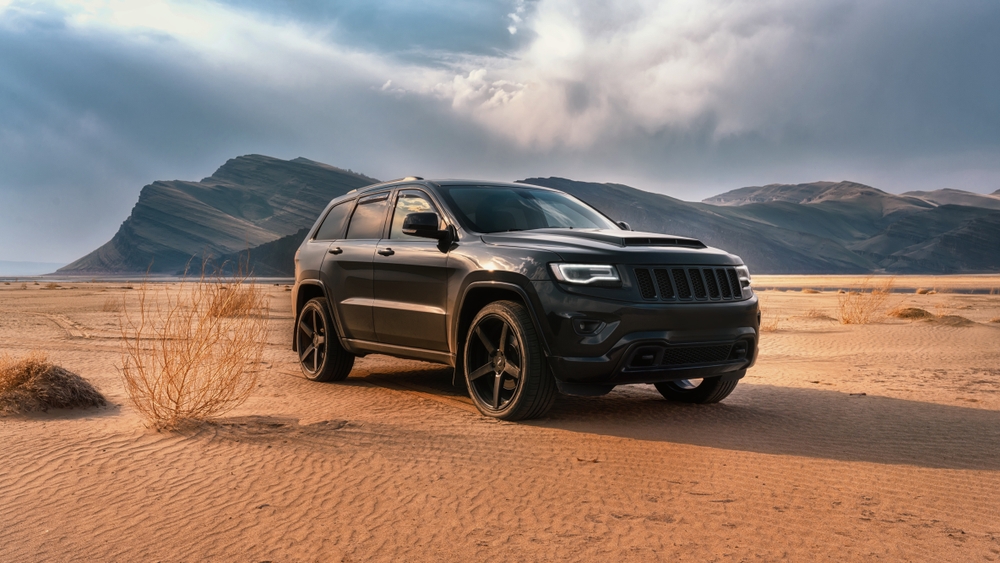
The Jeep Cherokee has seen various iterations since its debut in 1974, enjoying popularity for its off-road capabilities and rugged charm. The XJ model, produced from 1984 to 2001, was particularly iconic. However, the newer models, introduced after 2014, received mixed reviews due to their polarizing design and shift towards a more urban-focused vehicle. Critics and loyalists felt the new Cherokee lacked the off-road prowess and utilitarian charm that made its predecessors popular. Its attempt to blend into the crowded compact SUV market diluted its unique identity, leading to a decline in appeal.
Dodge Durango (1998-Present)
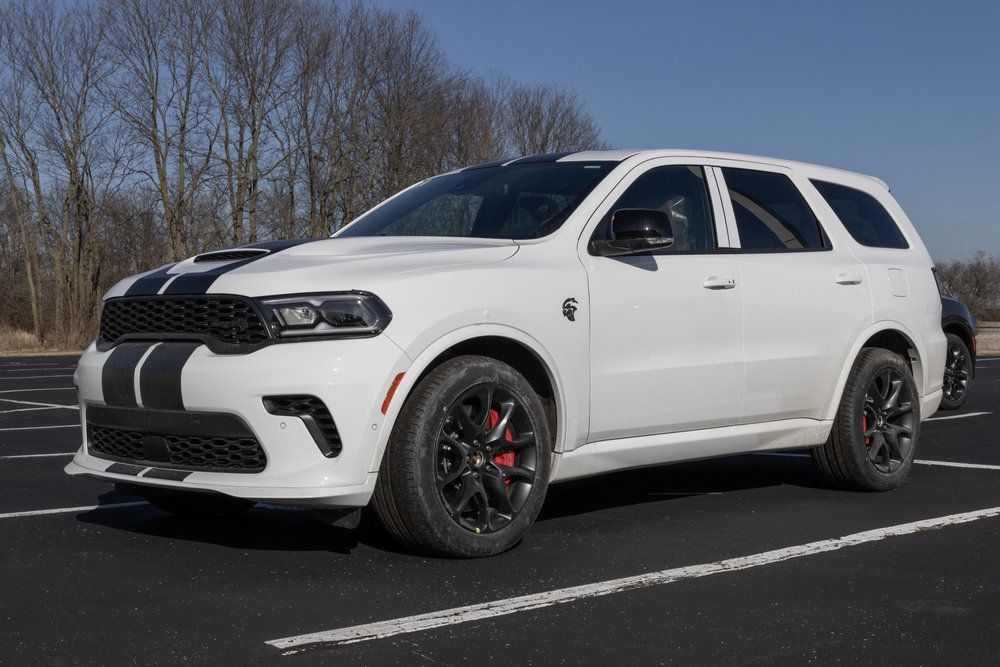
The Dodge Durango, introduced in 1998, quickly became popular for its powerful engines, spacious interior, and rugged build. It appealed to those needing a robust SUV with towing capacity. However, its popularity has waned due to several redesigns that failed to keep up with competitors’ advancements in technology, fuel efficiency, and safety features. While still a solid SUV, the Durango’s relatively unchanged formula over the years and higher fuel consumption have caused it to lose favor in a market increasingly valuing efficiency and modern amenities.
Nissan Pathfinder (1985-Present)

The Nissan Pathfinder was initially launched in 1985 and quickly gained popularity for its off-road capability and versatility. Early models were appreciated for their rugged design and strong V6 engines. However, in recent years, the Pathfinder has shifted towards a more family-oriented crossover, sacrificing much of its original ruggedness. This transition alienated some of its core fanbase who valued its off-road prowess. Moreover, competition from other crossovers offering better technology and fuel efficiency has diminished the Pathfinder’s appeal.
Toyota Land Cruiser (1951-Present)
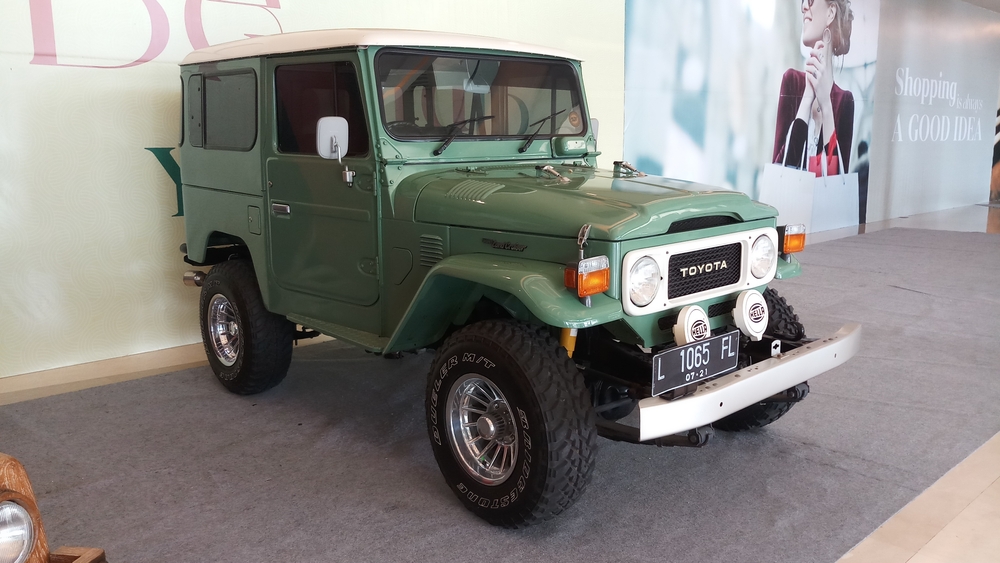
The Toyota Land Cruiser, a symbol of durability and off-road prowess since its debut in 1951, enjoyed decades of popularity. Known for its robust construction and reliable performance, it was a favorite among adventurers and off-road enthusiasts. However, its high price point and focus on luxury over ruggedness in recent models have limited its appeal. Additionally, Toyota’s decision to discontinue the Land Cruiser in the U.S. after the 2021 model year marked the end of an era, leaving it as a niche vehicle rather than a mainstream choice.
Hummer H2 (2002-2009)

The Hummer H2, launched in 2002, capitalized on the early 2000s SUV boom with its military-inspired design and imposing presence. It became a status symbol due to its aggressive styling and off-road capabilities. However, its popularity plummeted due to high fuel consumption, environmental concerns, and a shift towards more fuel-efficient vehicles. The 2008 financial crisis and rising gas prices further accelerated its decline, leading to its discontinuation in 2009. The H2’s excessive size and inefficiency became major drawbacks as consumer preferences evolved.
Isuzu Trooper (1981-2002)

The Isuzu Trooper, introduced in 1981, gained a following for its rugged build and off-road capability. It was a favorite among those seeking a reliable and capable SUV for outdoor adventures. However, its popularity declined in the late 1990s due to increasing competition from more refined and feature-rich SUVs. Additionally, a controversial rollover report by Consumer Reports in 1996 hurt its reputation. As Isuzu’s presence in the U.S. market diminished, the Trooper was discontinued in 2002, fading from public consciousness.
Mitsubishi Montero (1982-2006)

The Mitsubishi Montero, known as the Pajero in many markets, was introduced in 1982 and quickly became popular for its off-road prowess and durability. It won numerous accolades in off-road racing events like the Dakar Rally. However, its appeal declined in the early 2000s as Mitsubishi struggled with financial issues and a shrinking market presence. The Montero’s relatively high fuel consumption and outdated design compared to newer competitors further contributed to its decline, leading to its discontinuation in the U.S. after the 2006 model year.
GMC Jimmy (1970-2001)
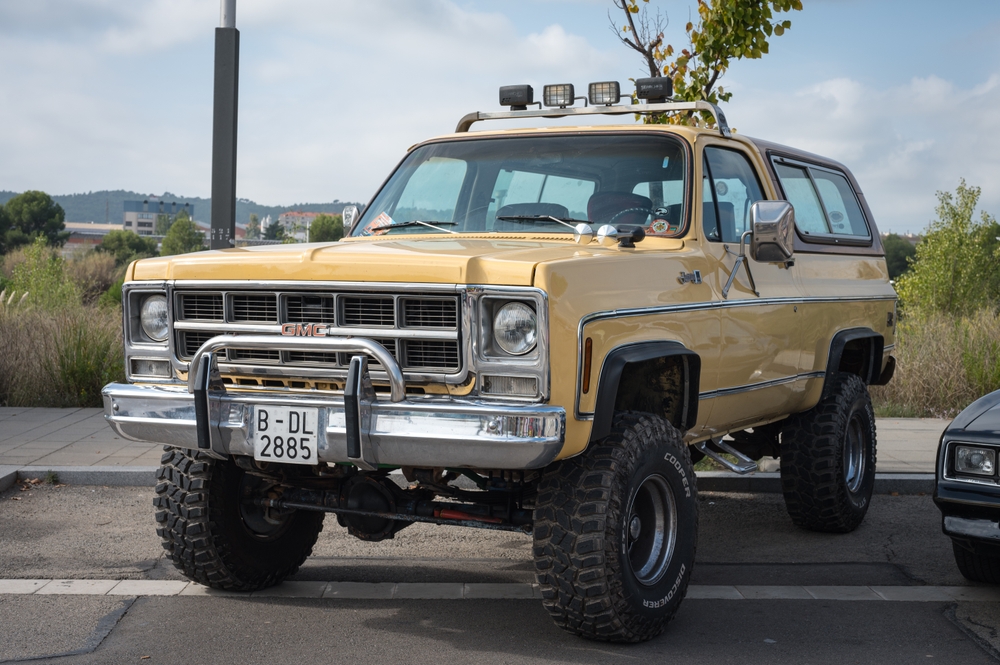
The GMC Jimmy, introduced in 1970 as a full-size SUV and later as a compact model, was popular for its versatility and off-road capability. It shared many components with the Chevrolet Blazer, offering similar performance and ruggedness. However, as consumer preferences shifted towards more modern and refined SUVs, the Jimmy struggled to keep up. The compact Jimmy was replaced by the GMC Envoy in 2002, which offered a more contemporary design and features, leading to the Jimmy’s decline in popularity.
Chevrolet TrailBlazer (2002-2009)
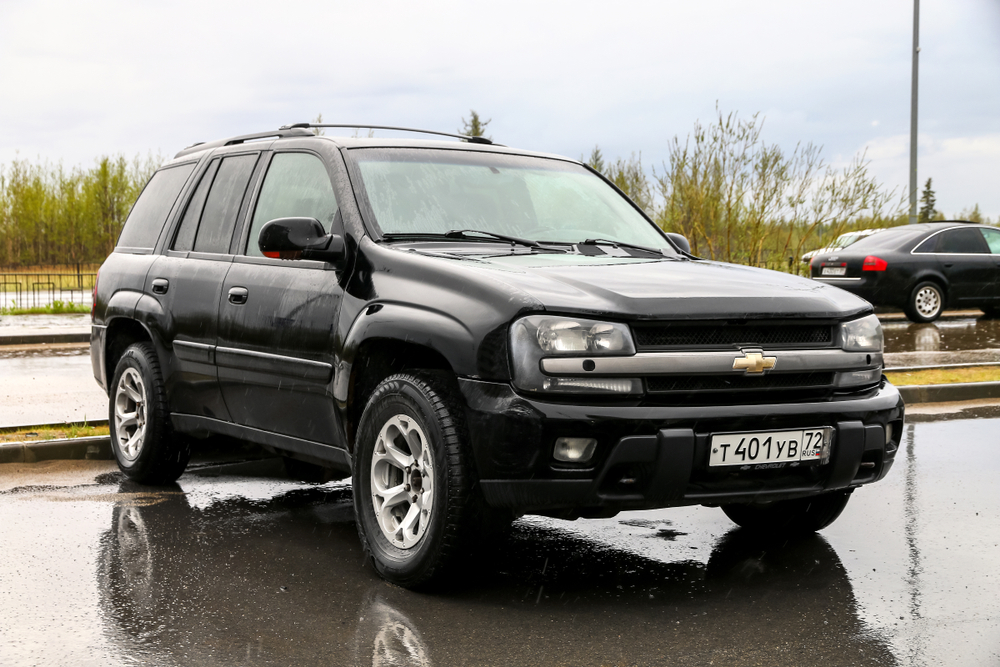
The Chevrolet TrailBlazer, introduced in 2002, quickly became popular for its powerful engine options, spacious interior, and off-road capability. It was a favorite among families and outdoor enthusiasts. However, its popularity declined due to the increasing competition from more fuel-efficient and technologically advanced crossovers. Additionally, the 2008 financial crisis and rising fuel prices made the TrailBlazer’s relatively high fuel consumption a significant drawback. The TrailBlazer was discontinued in 2009, but it has been reintroduced as a smaller, more modern crossover, which has not yet achieved the same level of popularity.
Dodge Nitro (2007-2012)

The Dodge Nitro, introduced in 2007, was initially popular for its bold styling and affordable price. It offered a rugged appearance and decent off-road capability, appealing to buyers looking for a distinctive SUV. However, its popularity quickly waned due to its poor fuel economy, lackluster interior quality, and underwhelming performance. The Nitro’s outdated design and lack of modern features made it less competitive in a market increasingly dominated by more refined and efficient crossovers. It was discontinued in 2012, fading from the spotlight.
Oldsmobile Bravada (1991-2004)
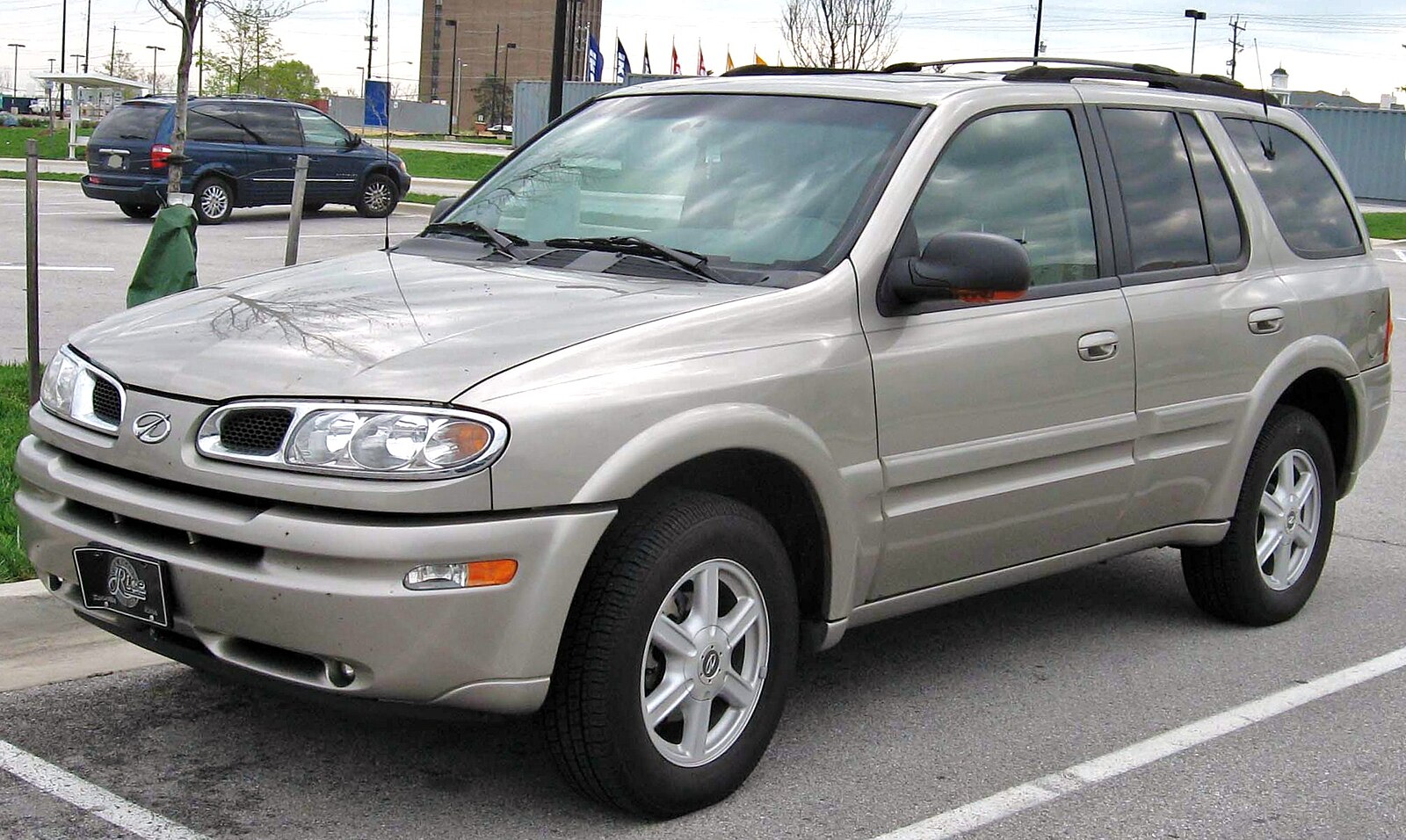
The Oldsmobile Bravada, introduced in 1991, was one of the first luxury SUVs, offering a comfortable ride, all-wheel drive, and a range of upscale features. It enjoyed popularity among buyers seeking a blend of luxury and utility. However, its appeal declined as the luxury SUV market expanded with more competitive offerings from other brands. Additionally, the phasing out of the Oldsmobile brand in 2004 marked the end of the Bravada. Its relatively outdated design and technology compared to newer models further contributed to its decline.
Hyundai Veracruz (2007-2012)

The Hyundai Veracruz, introduced in 2007, was initially popular for its spacious interior, smooth ride, and competitive pricing. It offered a range of features and a V6 engine, making it an attractive option for families. However, its popularity declined due to Hyundai’s decision to focus on the more modern and better-equipped Santa Fe. The Veracruz’s relatively bland design and lack of brand recognition in the crowded SUV market also contributed to its decline. It was discontinued in 2012, overshadowed by Hyundai’s newer models.
Mazda Tribute (2001-2011)
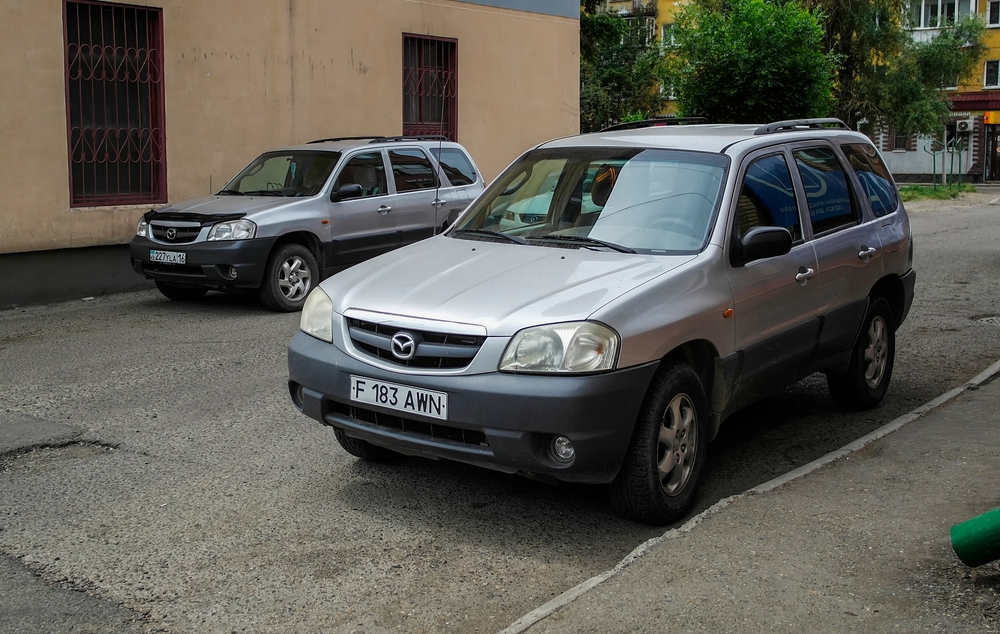
The Mazda Tribute, introduced in 2001, was initially popular for its car-like handling, practicality, and affordable price. It was developed in collaboration with Ford and shared many components with the Ford Escape. However, its popularity declined as the compact SUV market became more competitive. The Tribute’s relatively dated design and lack of significant updates made it less appealing compared to newer and more advanced rivals. It was discontinued in 2011, replaced by the more modern and successful Mazda CX-5.
Saturn Vue (2002-2010)
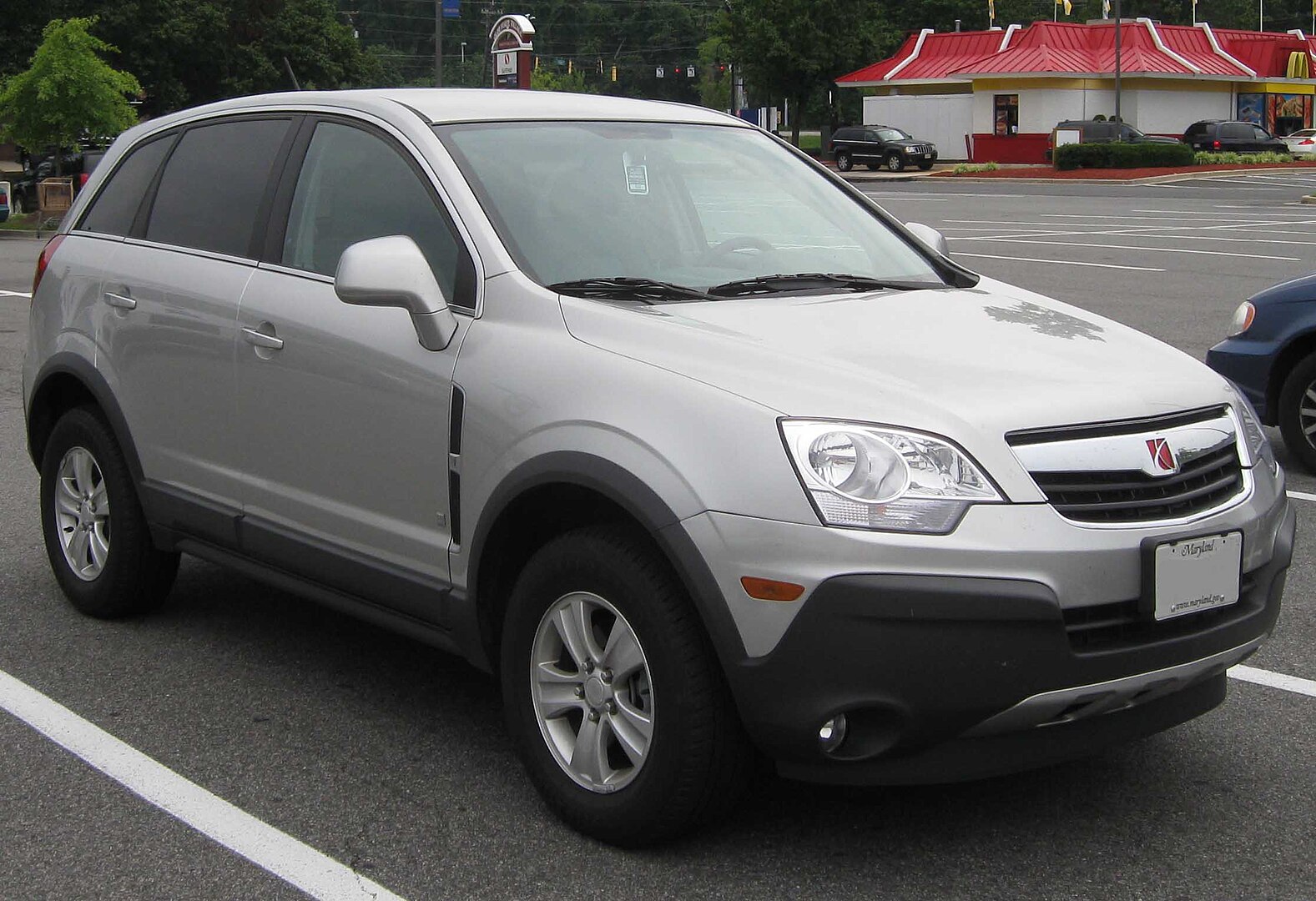
The Saturn Vue, introduced in 2002, quickly became popular for its versatility, spacious interior, and innovative features such as a hybrid powertrain option. It appealed to buyers looking for a practical and efficient SUV. However, its popularity waned due to the decline of the Saturn brand and increased competition from more refined and reliable SUVs. The Vue’s build quality and design also lagged behind competitors. The discontinuation of the Saturn brand in 2010 marked the end of the Vue, leaving it as a forgotten model in the SUV market.
Mitsubishi Outlander (2001-Present)
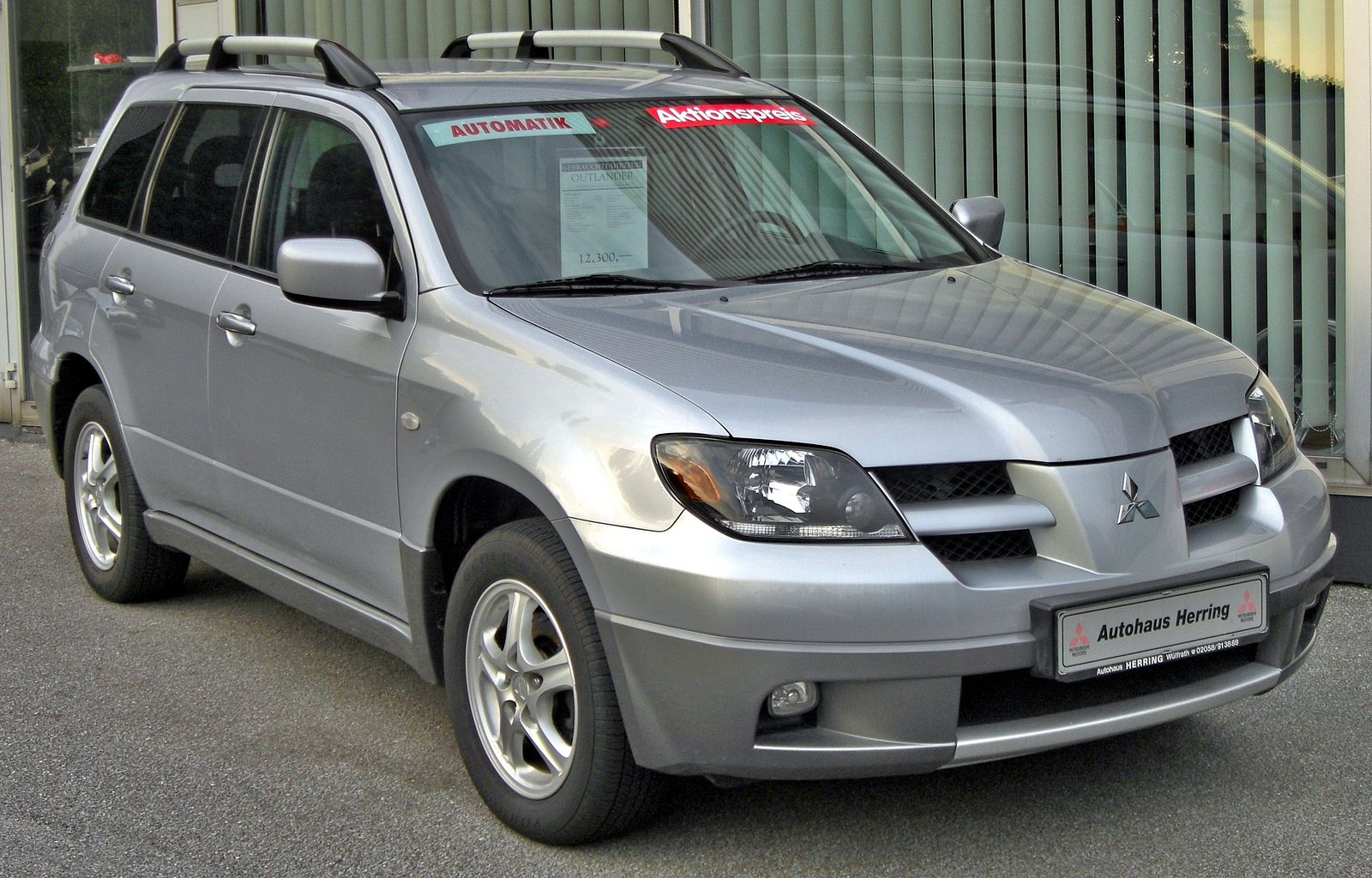
The Mitsubishi Outlander, introduced in 2001, gained popularity for its affordability, versatility, and available all-wheel drive. It offered a practical and spacious interior, making it a popular choice for families. However, its appeal has declined over the years due to increasing competition from more modern and better-equipped crossovers. The Outlander’s relatively outdated design, lack of significant updates, and Mitsubishi’s limited market presence have further contributed to its decline. Despite ongoing production, it struggles to compete with more popular models in the crowded SUV market.
Infiniti QX4 (1997-2003)

The Infiniti QX4, introduced in 1997, was one of the first luxury SUVs from Infiniti, offering a blend of off-road capability and upscale features. It gained popularity for its robust construction, powerful V6 engine, and comfortable ride. However, its appeal declined as the luxury SUV market expanded with more competitive offerings. The QX4’s relatively outdated design and technology compared to newer models made it less appealing. It was discontinued in 2003, replaced by the more modern and successful Infiniti FX.
Pontiac Aztek (2001-2005)
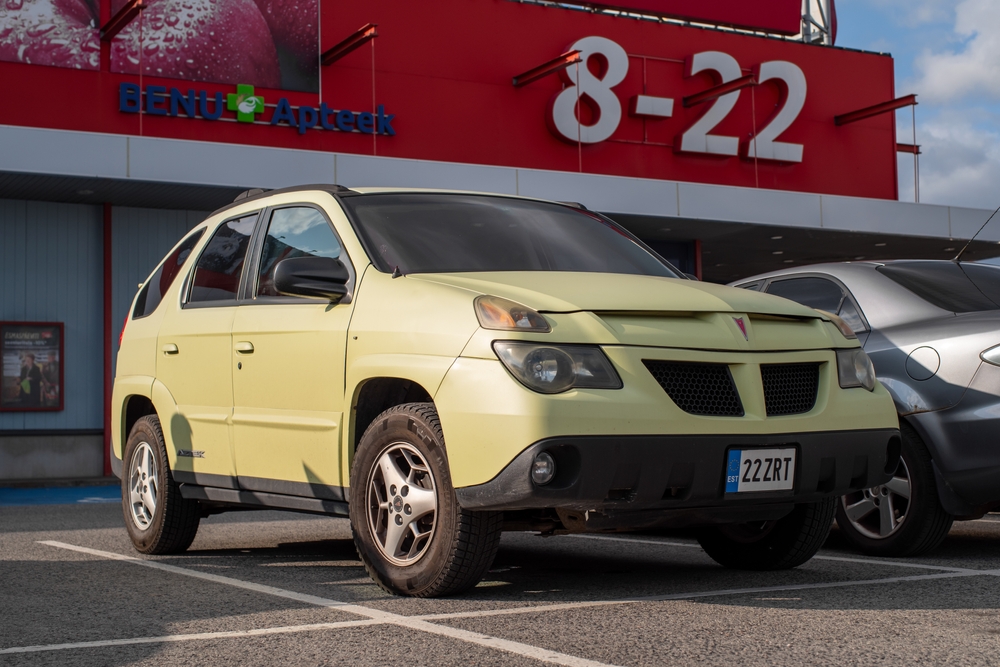
The Pontiac Aztek, introduced in 2001, was initially popular for its innovative features and versatility, such as a built-in tent and removable cooler. It targeted active lifestyle buyers seeking practicality and utility. However, its popularity quickly waned due to its polarizing design, which was widely criticized for its unattractive and unconventional appearance. The Aztek’s mediocre performance and interior quality also contributed to its decline. It was discontinued in 2005, remembered more for its design controversy than its capabilities.
This article originally appeared on MyCarMakesNoise.
More from MyCarMakesNoise
17 Vehicles Prone to Frequent Breakdowns You Should Avoid

Every car owner hopes for a reliable ride, but some vehicles have a knack for disappointing expectations with their frequent breakdowns. We delve into various models from acclaimed manufacturers such as Audi, Dodge, and Toyota, revealing why they’re more prone to mechanical and electrical issues. Read More
20 Iconic Supercars of the ‘90s That Defined the Era

The 1990s was an era of groundbreaking automotive innovation, giving birth to some of the most epic supercars ever built. These vehicles not only pushed the boundaries of speed and design but also set new standards in performance and technology. Read More
20 Electric Vehicles to Avoid Due to Reliability Concerns

Electric vehicles have come a long way, but not all models have hit the mark. In this article, we explore 20 electric cars that, despite their initial promise, fell short in various aspects. Read More

